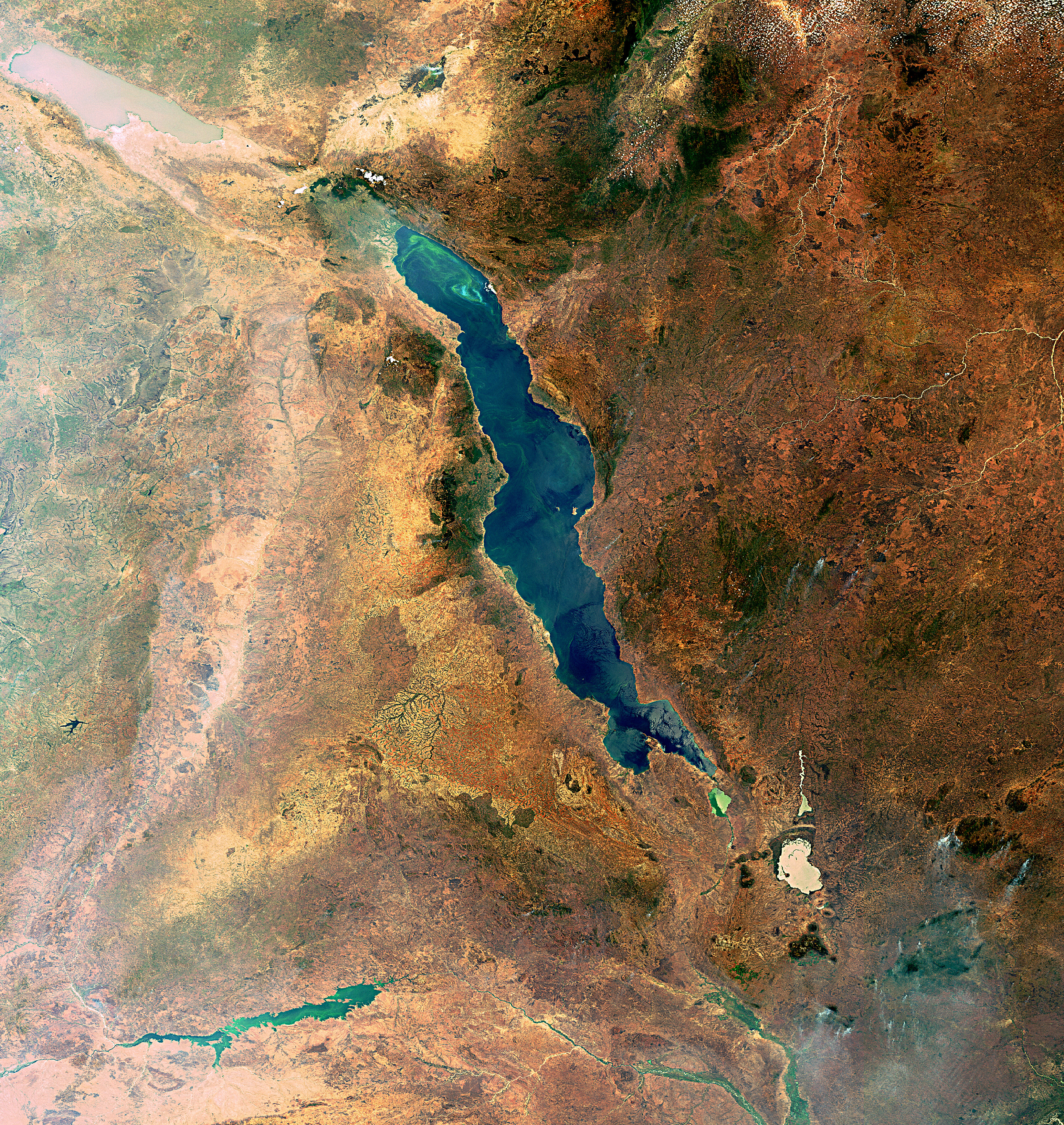
A long crack recently that dramatically emerged in the Kenyan countryside has given scientists yet more evidence that the African continent is slowly breaking apart.
Suddenly the ground opened in zigzag. Eliud Njoroge Mbuga noticed how the crack emerged along the cement floor in his home. He managed to pick up some personal belongings and head out before the house collapsed.
The crack spread to several kilometers in length, about 15 meters deep and up to 20 meters wide at some places.
The triggering factor was heavy rain, but scientist now firmly believes that Africa is splitting into two parts.
The process is going to be extremely slow, so there is little reason for locals to worry about it.
Cracks occur from the so-called Rift Valley, a foul that extends from northern Ethiopia south to Zimbabwe. But with several other cracks occurring along northeastern Africa.
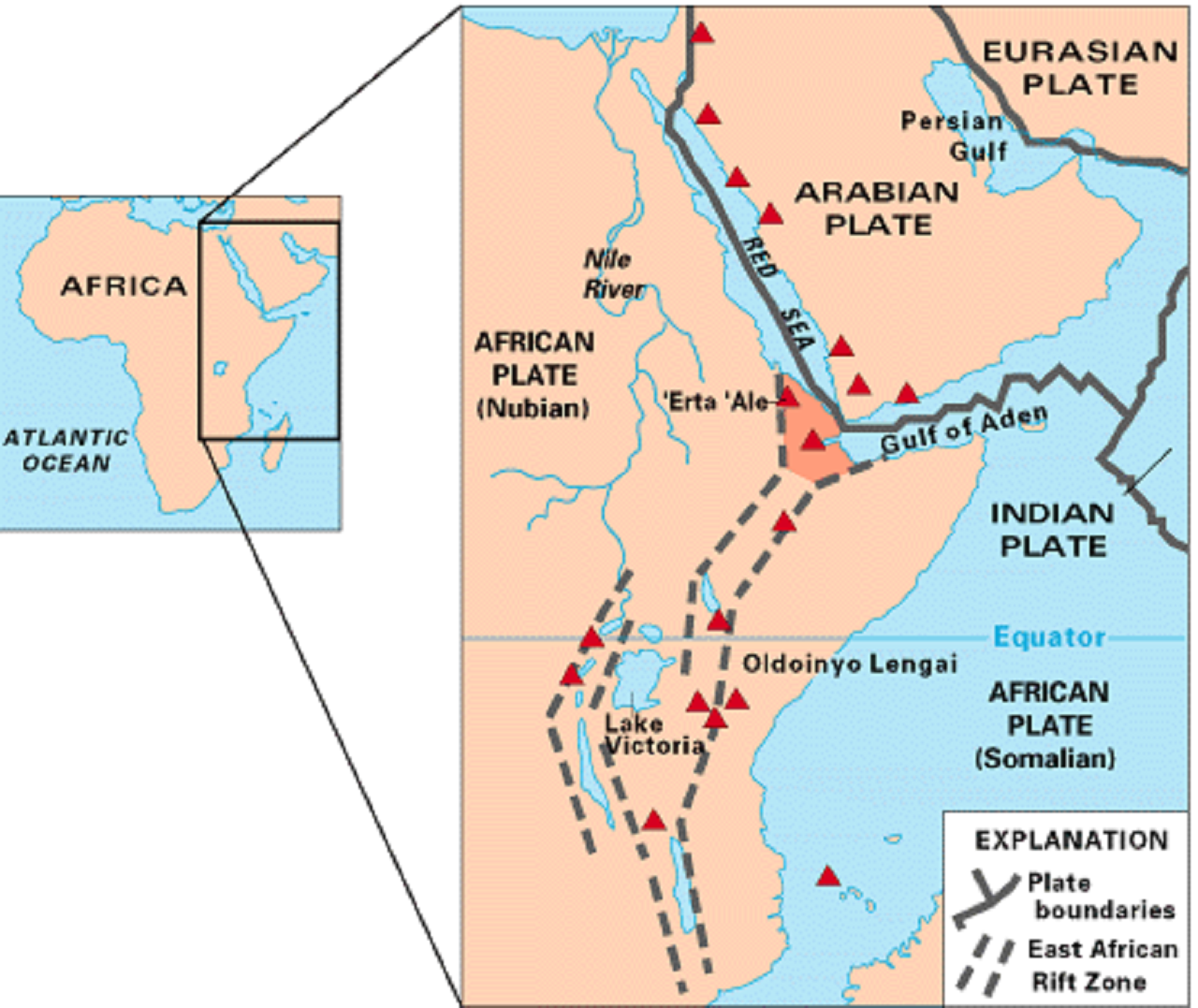
The geological activity along the eastern edge of the Rift Valley became apparent when the Earth suddenly opened on the Kenyan countryside, according to Lucia Perez Diaz, a researcher in dismissal dynamics at Royal Holloway University in Great Britain.
Besides earthquakes, the African continent splitting into two parts will also take on other characteristics. Along the Rift Valley, there are several volcanoes, of which several belong to Africa’s highest peaks.
The East African Rift Zone includes a number of active as well as dormant volcanoes, among them: Mount Kilimanjaro, Mount Kenya, Mount Longonot, Menengai Crater, Mount Karisimbi, Mount Nyiragongo, Mount Meru and Mount Elgon, as well as the Crater Highlands in Tanzania. Active volcanos include Erta Ale, DallaFilla, and Ol Doinyo Lengai, the former of which is a continuously active basaltic shield volcano in the Afar Region of northeastern Ethiopia.
The earthquakes resulting from the split are usually modest since the tectonic plates that are being formed are moving apart from each other, the most powerful earthquakes occur where the plates “collide” with each other.
But East African Rift is the largest seismically active rift system on Earth today. The majority of earthquakes occur near the Afar Depression, with the largest earthquakes typically occurring along or near major border faults.[11] Seismic events in the past century are estimated to have reached a maximum moment magnitude of 7.0. The seismicity trends parallel to the rift system, with a shallow focal depth of 12–15 km (7.5–9.3 mi) beneath the rift axis.
The Rift Valley started to form 30 million years ago near the Red Sea and the eastern plate appears to work itself southward at a rate of 2.5 to 5 centimeters per year.
In a couple of millions of years, the sea will flow north along the rejection zone, and parts of what is Ethiopia, Somalia, Kenya, Tanzania, and Mozambique will eventually end up on a new plate and leave the rest of Africa behind.

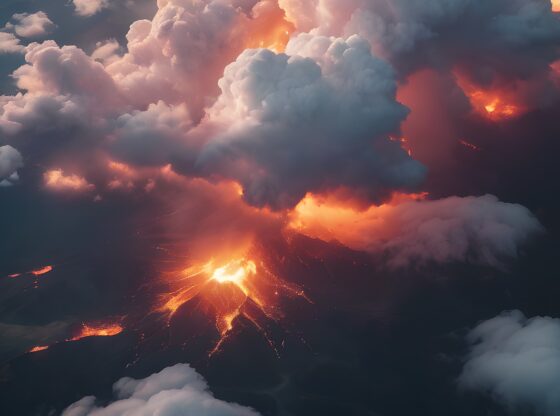
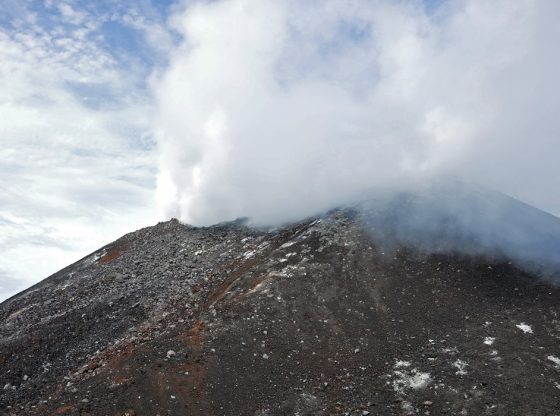
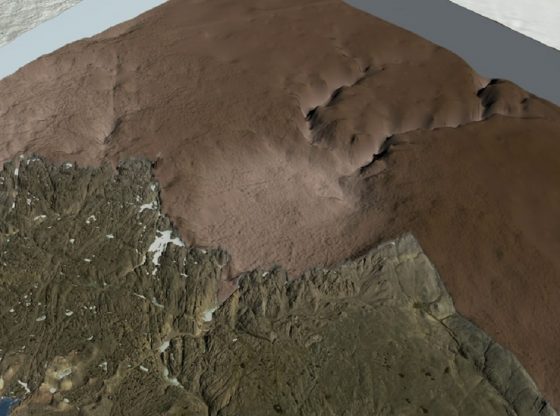
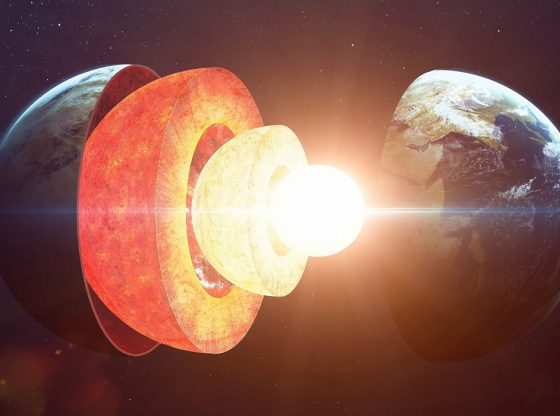
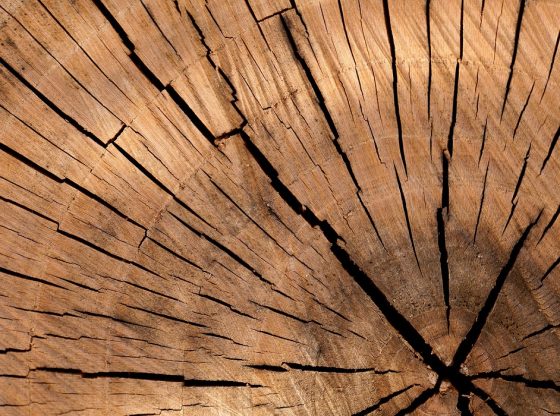
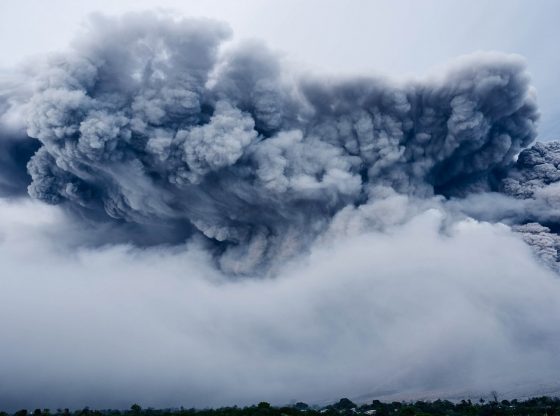

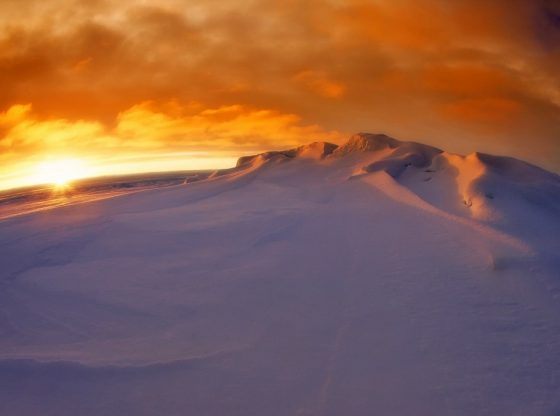
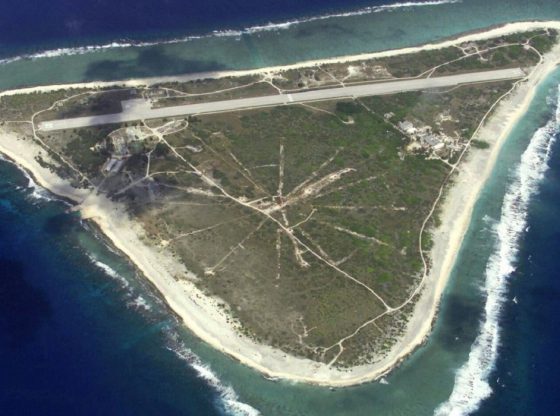
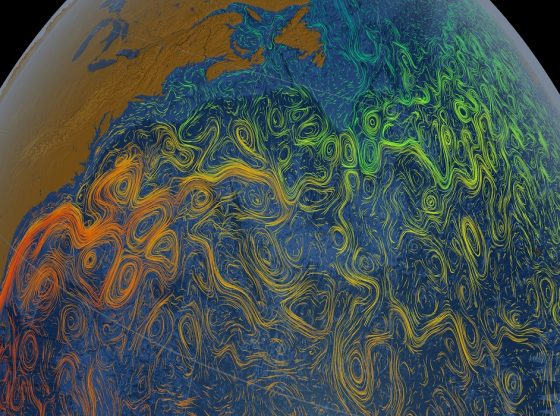
![OpenAI. (2025). ChatGPT [Large language model]. https://chatgpt.com](https://www.illustratedcuriosity.com/files/media/55136/b1b0b614-5b72-486c-901d-ff244549d67a-350x260.webp)
![OpenAI. (2025). ChatGPT [Large language model]. https://chatgpt.com](https://www.illustratedcuriosity.com/files/media/55124/79bc18fa-f616-4951-856f-cc724ad5d497-350x260.webp)
![OpenAI. (2025). ChatGPT [Large language model]. https://chatgpt.com](https://www.illustratedcuriosity.com/files/media/55099/2638a982-b4de-4913-8a1c-1479df352bf3-350x260.webp)








